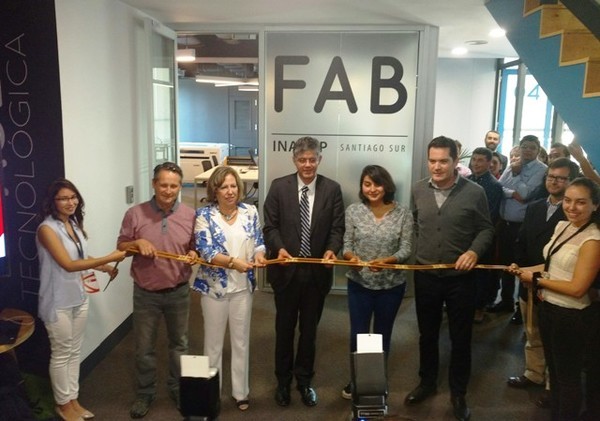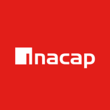When was the last time you come through the door of a Library to look for a book? I dare to guess…long time ago. It is even more the case as knowledge is more and more at our fingertips. But, what became those gold mine of knowledge? How to attract people again? It is a challenge faced by the Library director of the network of 26 INACAP universities spread across Chile in 2017.
Sitting with the Directors of infrastructure and the one of entrepreneurship area, they had the idea to implement a makerspace thanks to what they knew about the Fablab network and adhere to its idea to build it in the library as it has the same spirit : To share knowledge.
To implement the FAB INACAP, they launched a call for tenders and the one of Rodrigo Diaz won (independent consultant). He then had been logically hired to supervise its creation in March 2018 and to follow its development.
This lab located in the « Santiago Sur » site is free and open to people from both inside and outside the university. It is the pilot lab who aimed to be spread in all the 26 other sites. But in a very specific way. Here it is not simply a case of duplicate stricto sensus the same lab due to the required investment. The team of the first lab will first explain how to use the machine by teaching how to build them with low-cost machines they have built so that they can replicate them, modify them with a low budget.
In January 2019, they aim to train 5 universities to finally reach the 21 others by the end of 2019.
This development is the manifestation of the university strategy which is to be the most “entrepreneurial” of all Chilean ones by 2030. And also, it is the reason why the focus of the lab is very much on entrepreneurship. For illustration purpose, the lab doesn’t give digital fabrication courses as it considers a lab user as an entrepreneur who won’t learn everything he needs to launch a business but rather will create a complementary team. In reality, the lab team support makers by informally explaining to them how to use machines. But the lab still incites makers with complementary skills (electronics, design, manufacturing,…) to work together.














